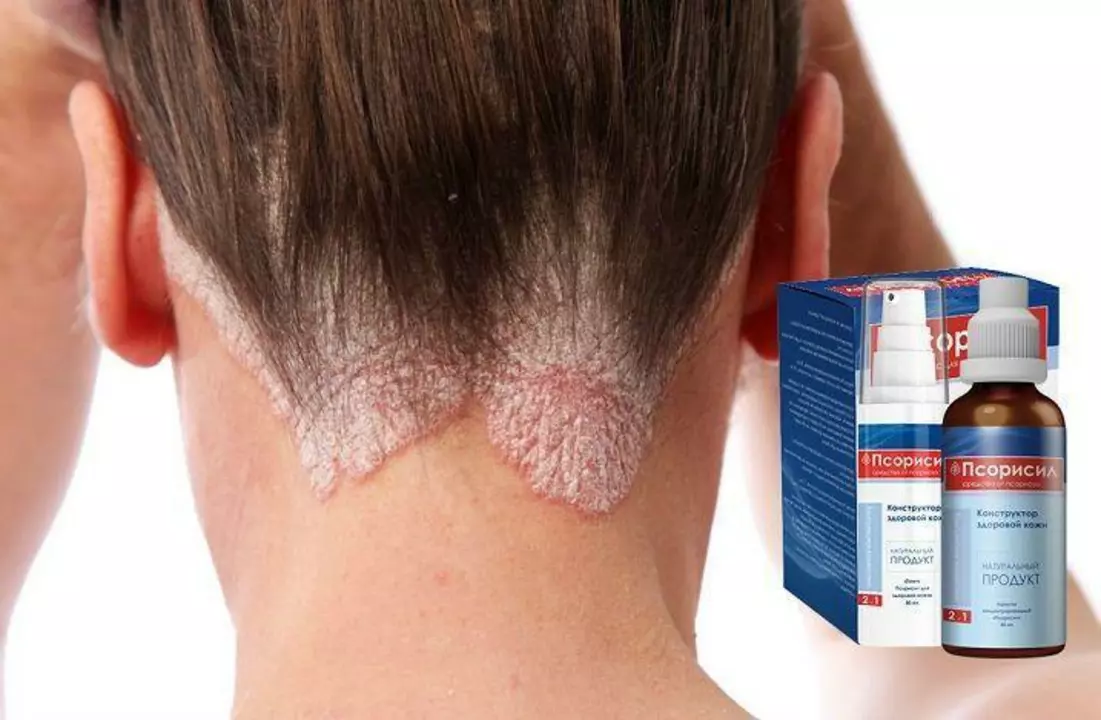Calcipotriene creams (a topical form of vitamin D3) are a common, effective option for treating plaque psoriasis on arms, legs, and trunk. They slow down skin cell growth and help clear red, scaly patches. If you’ve been prescribed calcipotriene, this short guide will help you use it safely and get better results faster.
Wash and dry the area first. Apply a thin layer once or twice a day as your doctor tells you. A little goes a long way—rubbing in more won’t speed healing and can raise the chance of irritation. Avoid applying to open wounds or infected skin. If you miss a dose, apply it when you remember that day; don’t double up.
Tips that actually help: use it after a shower so skin is clean, wait a few minutes before putting on clothes to prevent rubbing off, and use a non-greasy moisturizer at different times of the day if your skin gets tight.
Calcipotriene can reduce scaling and redness over a few weeks. Many people see improvement within 2–8 weeks, but full effects may take longer. Common side effects are mild: skin irritation, burning, itching, or dryness at the application site. If you notice severe redness, blistering, or signs of infection, stop use and contact your doctor.
Be careful with sensitive areas like the face, armpits, or genitals—these spots are more prone to irritation. Avoid heavy sun exposure on treated areas; while calcipotriene isn’t a sunblock, irritated skin burns easier. If you’re using other psoriasis treatments (like topical steroids), ask your doctor about the right order and timing—some combos work well, others don’t.
Special groups: pregnant or breastfeeding people should discuss risks with a clinician. Children and elderly people can use calcipotriene, but dose and frequency may change—follow medical advice closely.
Storage is simple: keep the tube at room temperature away from heat. Don’t flush leftovers—discard according to local rules for medicines.
Where to get calcipotriene: it’s usually prescription-only. Fill the script at a trusted pharmacy or through a verified online pharmacy that requires a prescription. Watch for counterfeit products: check packaging seals, expiration dates, and seller reviews. If an online price looks unrealistically low, that’s a red flag.
Final practical pointers: stick to the prescribed routine, report any bad reactions, and give the treatment time. If you see no improvement after the period your doctor suggested, ask about other options—phototherapy and prescription topical steroids are common follow-ups. Questions about interactions, long-term use, or combining treatments? Bring them up with your healthcare provider—clear skin plans work best when you and your clinician team up.

In today's blog post, I'm going to share with you the top 5 calcipotriene creams available on the market. These creams are highly effective in treating psoriasis and improving the overall appearance of your skin. I've done extensive research and tested various products to bring you this list of top performers. So, let's dive in and explore these amazing calcipotriene creams that can help you achieve smoother and healthier skin. Stay tuned for the detailed reviews and my personal experiences with each of these creams!